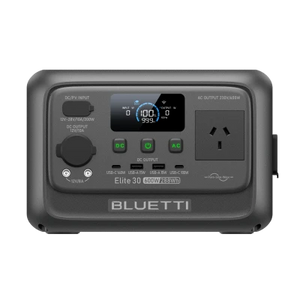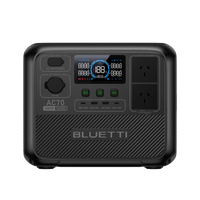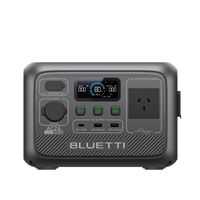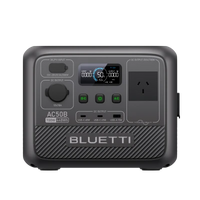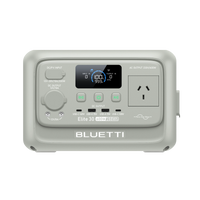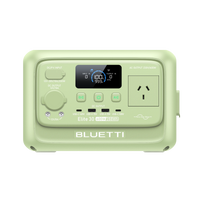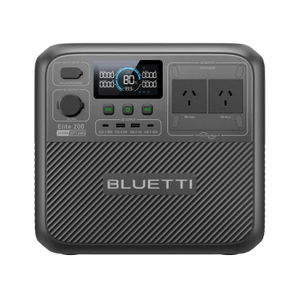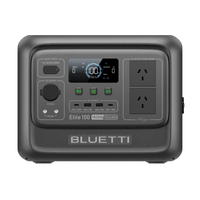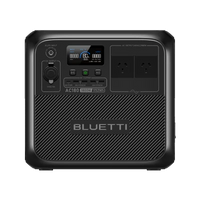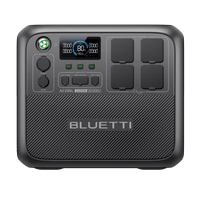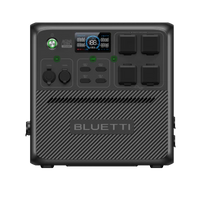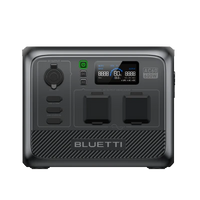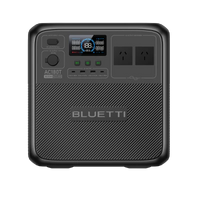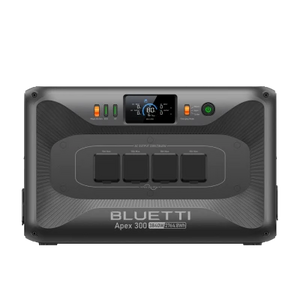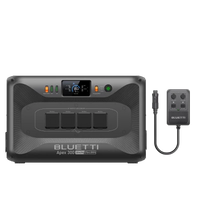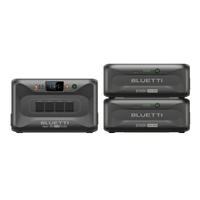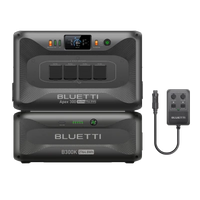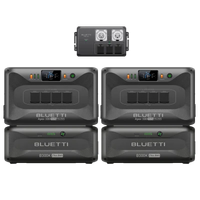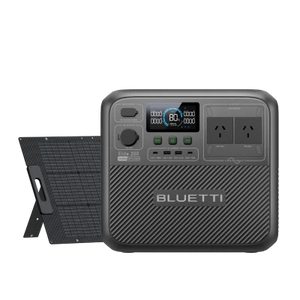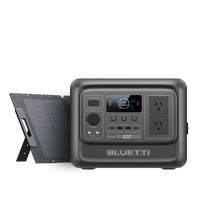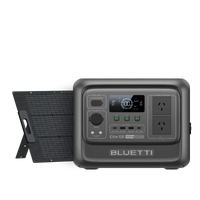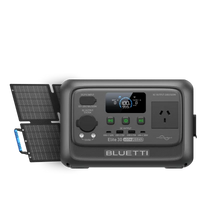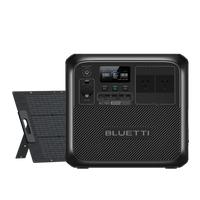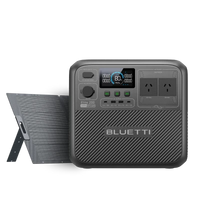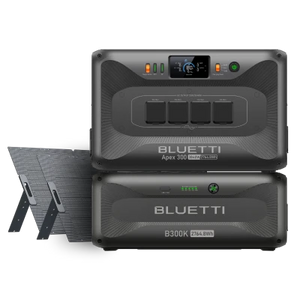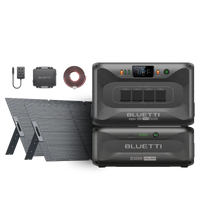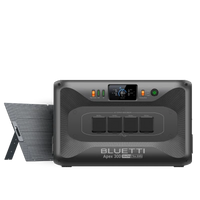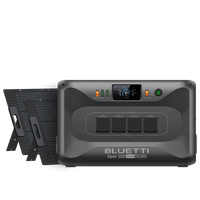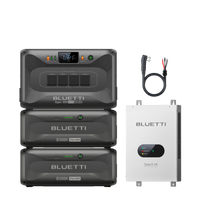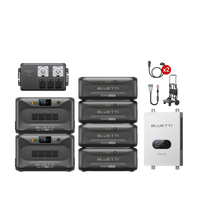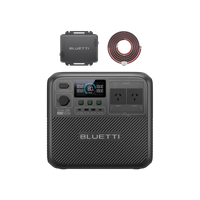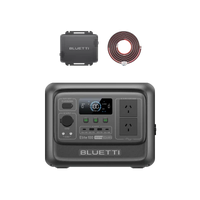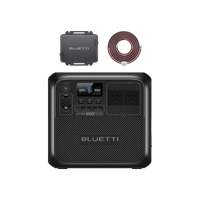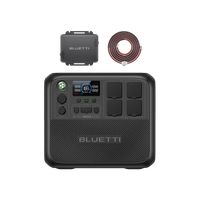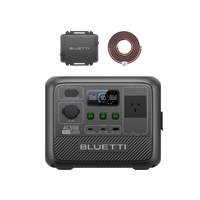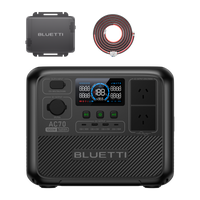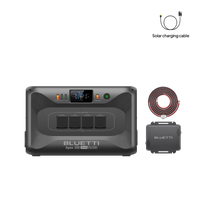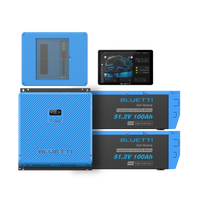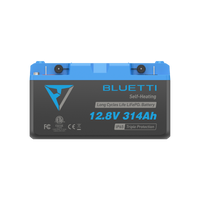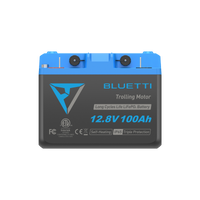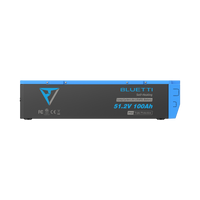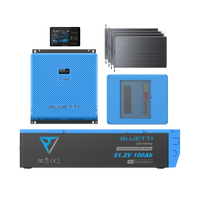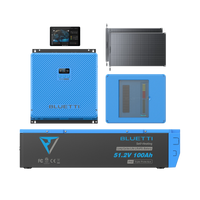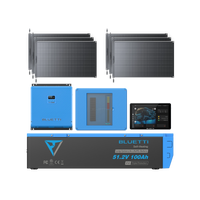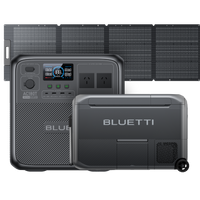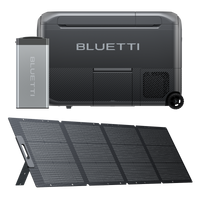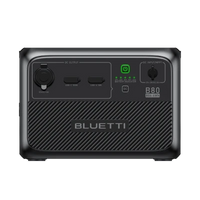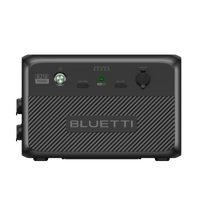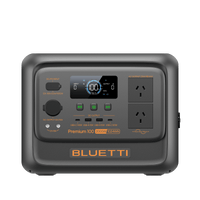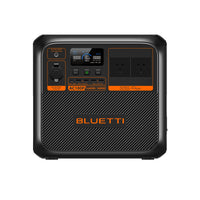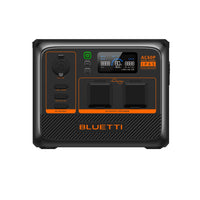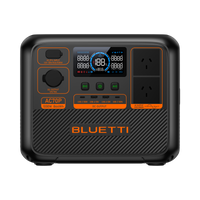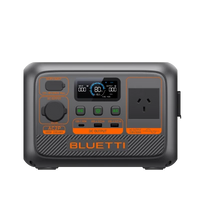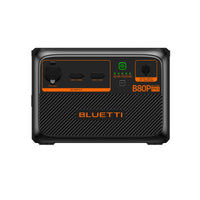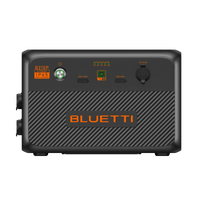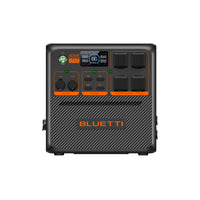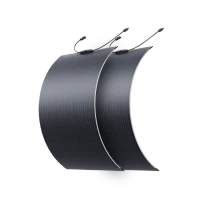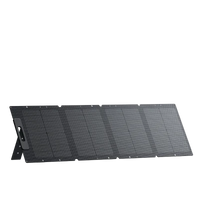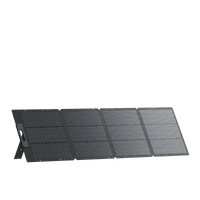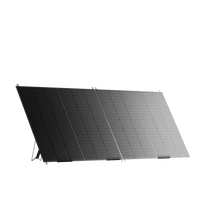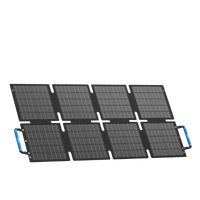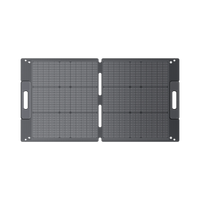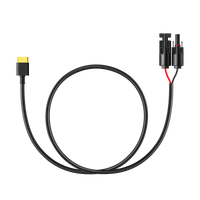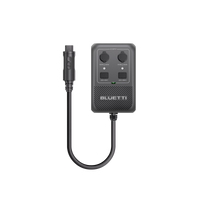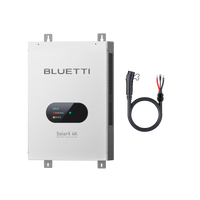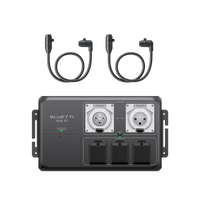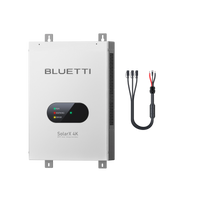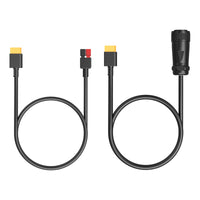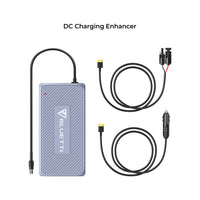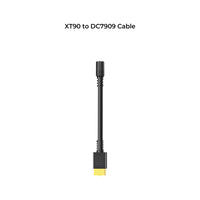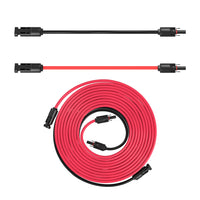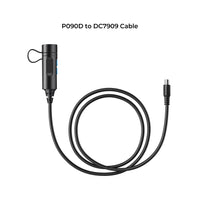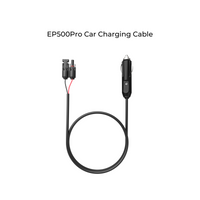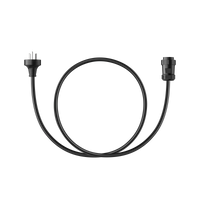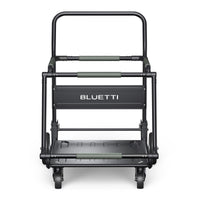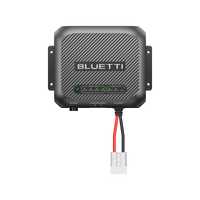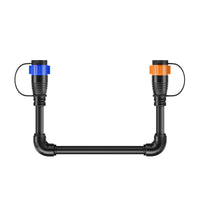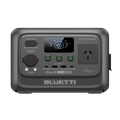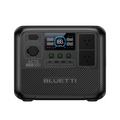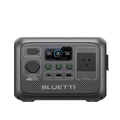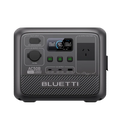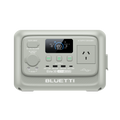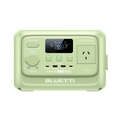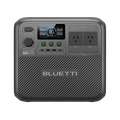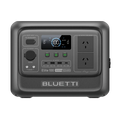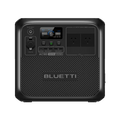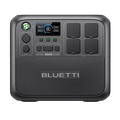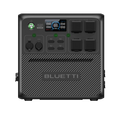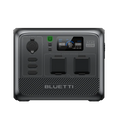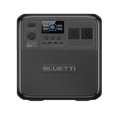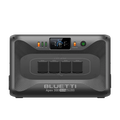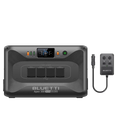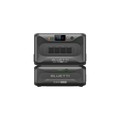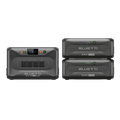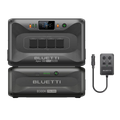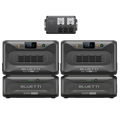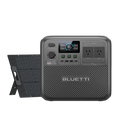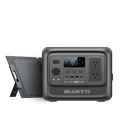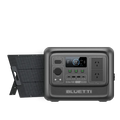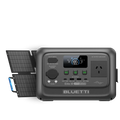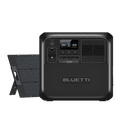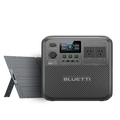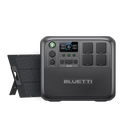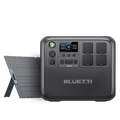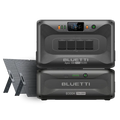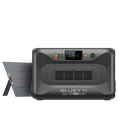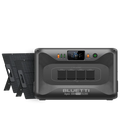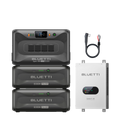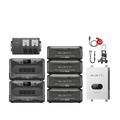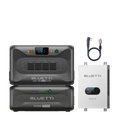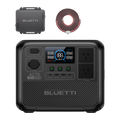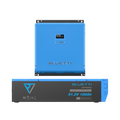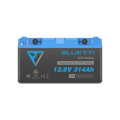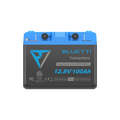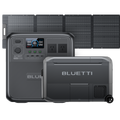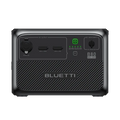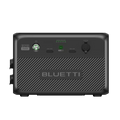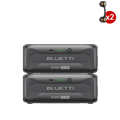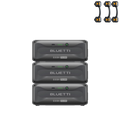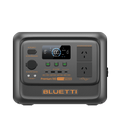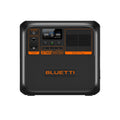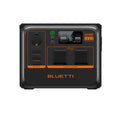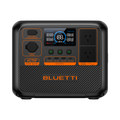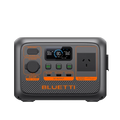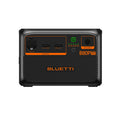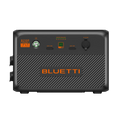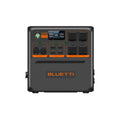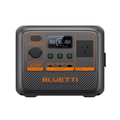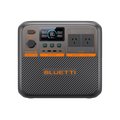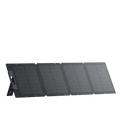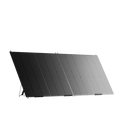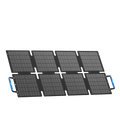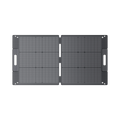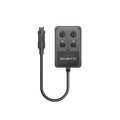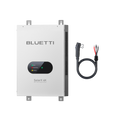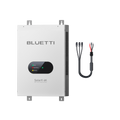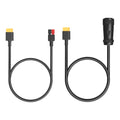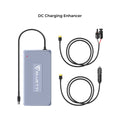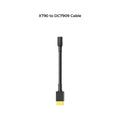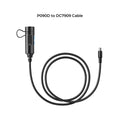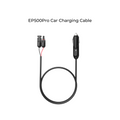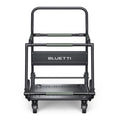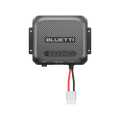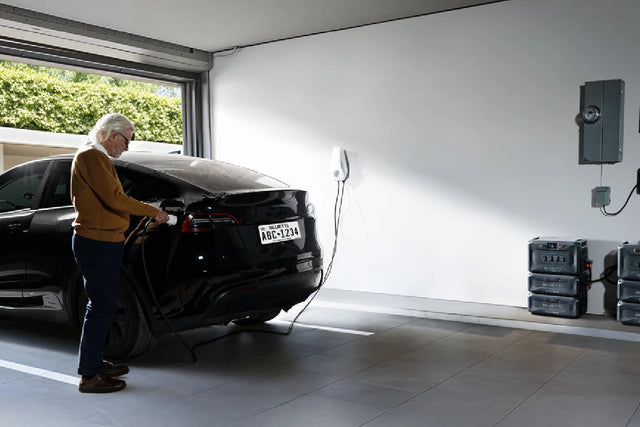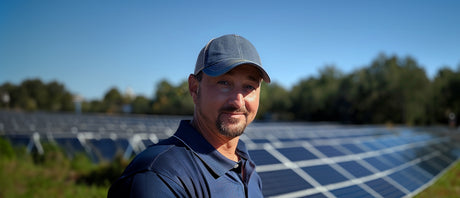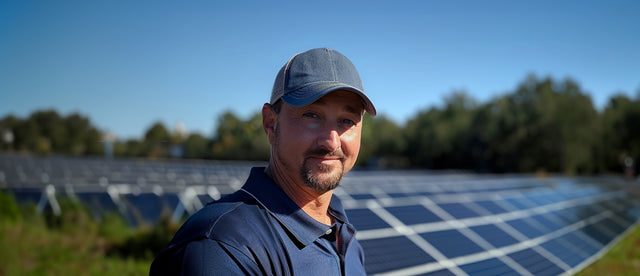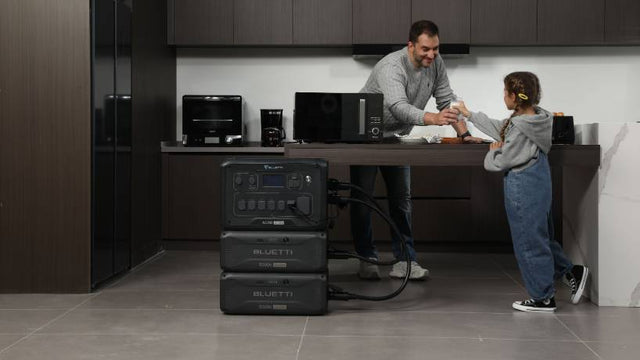Skyrocketing energy expenses empty your pockets. The families at Gold Coast pay a sum of more than 1700 yearly. Majority of people are not aware that they can switch to the cheapest electricity Gold Coast plans. The default market offer is prohibitively high to most of the homes. More than 80 percent of Australians are able to save by changing to the cheaper electricity plans. You would save between 400 and 600 dollars on your annual expenditure. This guide will demonstrate to you how to get the best deals and save money.
Why Electricity Prices Vary in Gold Coast and QLD
Default Market Offer and Reference Prices
All the Gold Coast homes are using Energex networks. The default market offer forms the base price. This price is followed by all power companies. Additionally, the price is checked by the government annually. This makes it easy to get the real savings.
The energy regulator changes the prices annually. Such prices depict the normal home prices. The homes in Gold Coast that consume 3,900 kilowatt hours are average. You pay excessively in case your bill is inflated.
The majority of the people in the Gold Coast apply costly standing offers. Such plans are the most expensive. Switching to cheaper electricity plans will save between 400 and 590 USD a year. The discounts and other retailers result in the savings.
Breaking Down Your Bill
There are three sections of your power bill. Each part costs money. Knowing them will make you choose the right plan.
The usage charges pay for the power consumed. This shows as kilowatt hours. The grid access is paid on a daily basis through supply charges. This is even when you are utilizing zero power. Poles, wires and equipment are paid by network charges.
Any company will keep network charges the same. The reduction of the usage and supply charges is the only thing you can do. It is of the utmost importance to compare total annual expenses. A firm may be having low usage costs and high supply costs. The reverse could be the case with another company. The total cost is what counts.
Main Factors Influencing Your Electricity Costs
How Household Usage Levels
The amount of your savings depends on how you use your power. Homes that consume 2,000 kilowatt hours save less. Heavy-based users save a lot of cash. Low usage homes will save between 150 and 250 dollars per annum. Homes with high power consumption also save on 700 to 1200 dollars annually.
The amount of power consumed varies with seasons. Air conditioning in the summer consumes much more power. Winter at Gold Coast hardly requires heating. Autumn and spring consume the minimum energy. Knowing your patterns makes you choose the appropriate plan.
The time of using power is important as well. Peak hours cost more money. Off peak hours cost less. The cheaper power times are used by the night shift workers. This schedule creates a perfect saving chance for you.
Different Tariff Options
Single rate tariffs are charged at the same price at all times. This renders budgeting extremely simple. Your expenses remain the same on a daily basis. But you lose the savings coming from the shifting usage.
Time of use tariffs are tariffs which charge variable prices at different times. Peak seasons are usually between 2pm and 8pm (depending on the provider) and are the most expensive. Off peak hours are usually 11pm to 7am, which are cheaper. Shoulder times are in between. Shifting the laundry and cleaning of pools to off peak has cost savings.
Pick based on your lifestyle. Single rate plans are more appropriate for working at home. Pumping of pools during off peak periods can result in maximizing savings. The majority of homes in the Gold Coast prefer time of use plans, which save money.
Benefits of Solar Panels Feed In Tariffs and Batteries
The solar panels make your electricity bills change a lot. Feed in tariffs compensate you for additional solar power. For the excess power you make, you get money back. Rates range between 4 and 8 cents/ kilowatt hour. This cash is compensating your power bills.
Solar energy is stored in home batteries. At the end of the day the sun goes down. Batteries allow you to utilize stored power in the night. This stands for your grid power payments. Home batteries clear their intial expenses within 5 to 7 years.
Homes that use solar power require unique plan comparisons. Certain companies have a low usage rate with a high solar rate. Others do the opposite. First, use a plan comparison in a way that is based on your solar generation.
Fixed Variable and Market Offer Contracts
The fixed rate contracts fix your prices within a period of 12 months. Your electricity bills will not shift in any way. This helps you budget easily. However, fixed rates tend to be expensive initially compared to the variable ones.
Variable rate contracts allow the market to drive the prices. You can be informed by your company when the rates are to be raised. These have an initial lower price than fixed rates. However, the prices may show an increase during the busy season. Other individuals have a penchant towards predictable expenses.
The middle ground is provided by market offer plans. You receive good prices without long-term deals. These plans are favourable in most of the Gold Coast homes. Change every year to maintain low costs.
Top Providers and Plans Available

OVO Energy is among the lowest priced. They offer lower rates as low as 15 to 18 percent. Flat rate plans have a price of approximately $1,773 a year. Time of use plans are estimated to cost 1731/year.
GloBird Spa provides extremely low flat rates. They save money at the rate of 29.02 cents per kilowatt hour. Annual costs reach about $1,767. This corporation prioritizes low prices.
Another cheaper option is provided by Kogan Energy. Their rates sit at 28.98 cents. Annual costs are about $1,781. This company is for the price conscious people.
Momentum Energy is the most suitable product for time of use users. Off peak rates drop to 20.90 cents. Peak rates go to 38.06 cents. This plan saves greatly with the strategic users.
Comparing Usage Supply Charges and Overall Deals
Do not just compare kilowatt hour rates. This misleads you easily. A company standing out with 30 cents plus low supply is likely to be cheaper that a firm featuring 28 cents plus high supply. Don’t make a choice without determining the exact situation.
Take your recent bill. Record usage, supply and network charges. Get quotes from three companies. Use your exact numbers and compare total yearly costs. This represents real savings correctly.
It is tricky to compare the discounts. Direct debit offers 1 to 3 percent. Pay on time gives bonuses. Loyalty discounts vary. A low price plan may require numerous discounts. Request firms to provide full pricing.
Provider Comparison by Plan Type
|
Provider |
Rate Type |
Usage Cost |
Supply |
Annual Cost |
Savings |
|
OVO Energy |
Flat |
30.47c |
115.50c |
$1,773 |
15% |
|
GloBird |
Flat |
29.02c |
118.44c |
$1,767 |
18% |
|
Kogan |
Flat |
28.98c |
122.71c |
$1,781 |
17% |
|
Momentum |
Flat |
27.28c |
170.28c |
$1,826 |
15% |
Potential Savings Based on Your Household Needs
Savings for Low Usage Homes
Low usage homes pay less than 1400 USD a year. These homes use little power. This is usually the case with the rentiers. They have no control over heating systems.
Switching will save these homes between 150 to 250 USD annually. This seems small, but $200 yearly equals $4 weekly. Over 10 years, this makes $2,000.
Select basic plans for minimal usage houses. Flat rate tariffs are more effective. The change of use does not assist much. Direct debit discounts are the most important. Your overall charge is minimal anyway.
Savings for Medium Usage Homes
Medium usage homes are most common. These houses consume 4, 000 to 5000 kilowatt hours per year. Most have young families. This category saves the highest as a result of switching.
The savings of these homes are 400-590 USD per year with switching. A home paying $2,100 might pay $1,500. That's 28 percent savings. Time of use plans are even better.
Shift laundry to evenings. Use pool timers, mainly at off peak. These modifications will save another 100 to 200 dollars every year. Homes that have medium usage are the most benefited by plan comparison.
Savings for High Usage Homes
Homes with high usage consume 6000 kilowatt hours (or more) of power per year. These are those that rely on air conditioning and have big families. Homes with high usage record significant amounts in savings.
Switching saves these houses between 700 and 1, 200 USD per annum. A home paying $2,800 might pay $1,650. That's 43 percent savings. Most of this power is consumed by air conditioning.
Saving is further enhanced by the inclusion of solar and batteries. Pay back to systems happens so fast with high users. The payback of solar systems is between 5 and 7 years. Batteries also offer the reserve capacity of power in the event of power outage.
Annual Savings Comparison Table
|
Household |
Annual Use |
Current |
Best Plan |
Yearly Save |
Percent |
|
Low |
2,000 kWh |
$1,350 |
$1,150 |
$200 |
15% |
|
Medium |
4,000 kWh |
$2,100 |
$1,500 |
$600 |
28% |
|
High |
6,000 kWh |
$2,800 |
$1,650 |
$1,150 |
41% |
Key Details on Contracts Discounts and Terms
Types of Discounts
Direct debit savings are 0.5 3 percent (depending on the provider). Set up automatic payments. Never miss bills this way. This is compensated by discounts by companies. This is the least hard discount to obtain.
Pay on time bonuses are a reward for speedy payment. You get cash back monthly. Others give loyalty credits. These promote desirable payment behavior.
Paperless billing discounts will offer 0.5 to 1 percent savings. You receive electronic statements alone. This assists companies in saving money. Add this to other discounts to receive the best savings.
Key Discounts Available:
-
Direct debit: 0.5-3% savings (depends on the provider)
-
Pay on time: Cash back rewards monthly.
-
Paperless billing: 0.5-1% discount
-
Loyalty programs: Additional savings for the current customers.
Watch for Exit Fees Benefit Periods and Rate Changes
Exit fees range from zero to $50. Some plans let you leave free. There are cases when fixed rate contracts are charged with exit fees. Read the terms first and then choose.
The average time of benefit periods is always 12 months. Once this is over, you have an increase of the rate. Firms are betting on the fact that you will remain too long. Mark your calendar. Look at plans before the time lapses.
Rate changes are not without warning. You must be told first by the companies. Read these notices attentively. In case new rates are more expensive, change immediately.
Things to Watch For:
-
Exit fees: $0 to $50 penalty
-
Benefit periods: 12 months.
-
Rate increases: Come after the expiration of the benefit period.
-
Notice needed: Before every rate change.
Adding Green Power or Premium Energy Features
The Green Power alternatives make use of renewable energy. They cost 2 to 5 percent more. The additional funds assist in the construction of wind and solar. Green conscious individuals prefer this choice.
Ultra features involve warranties and service. Prolonged warranties are longer. Priority customer service responds fast. These are hardly worth it to the majority. Focus on low rates first. Insert the additional features after a while if needed.
Premium Energy Features:
-
Green Power: 2-5% additional, invests in renewables.
-
Longer warranties: Longer terms.
-
Priority service: Rapid customer service.
-
Bill guarantees: Defence against rate increases.
Available Government Rebates Concessions and Solar Support

Queensland State Electricity and Cost of Living Rebates
Queensland rebates homes that are eligible. An electricity rebate is given to eligible households. The holders of concession cards and pensioners tend to be eligible. Call Queensland Government to see whether you are eligible. Programs and amounts vary, and therefore, ensure that you check the latest eligibility.
Cost of living rebates provide additional assistance in the tough situations. These programs are undertaken over certain durations. When available, they contribute to electricity rebates. Inquire with government offices about existing programs. The cash mounts up for qualified individuals.
Rebates and Concessions available:
-
Electricity rebate: Visit queensland.gov.au to see the amounts.
-
Cost of living rebate: Extra support programs (depending on eligibility)
-
Pensioner assistance: Additional electricity discounts are on offer.
-
Concession card benefits: Multiple program eligibility
Note: The levels of rebates and eligibility vary annually. Information on rebates is up-to-date at queensland.gov.au/rebates.
Discounts for Concession Card Holders or Medical Needs
Discounts are unlocked by the use of pensioner concession cards. Firms offer 10 to 25 percent savings. Additional programs are offered to cardholders. Pile up more discounts to save.
Medical equipment rebates are beneficial in special cases. Oxygen machines, CPAP machines and dialysis machines are eligible. Contact your local council. Generally, medical equipment rebates stand out for reducing expenses significantly.
Concession and Medical Support Options:
-
Pensioner discounts: 10-25 percent savings are offered.
-
Concession card benefits: Various program access.
-
Medical equipment rebates: Equipment-specific aid.
-
Other support programs: Income based help programs.
Solar Feed In Tariffs and Household Incentives
Feed in tariffs charged to retailers are between 4 and 8 cents per kilowatt hour. The varying rate indicates variations in business models of providers. The use of bigger feed in tariffs is also accompanied by higher usage charges. Compare full plans as opposed to single rates.
The solar rebates assist the houses in acquiring systems at discounted rates. Interest free loans are available in state government programs. In certain instances, federal programs are used to offer tax credits. A combination of these incentives will make solar investment pay off in a short time.
Smart Ways to Compare and Switch Providers
Using Your Actual Bill and Usage for Accurate Comparisons
Take your new bill here and record the actual usage, supply and network charges. Use real data, not guesses. This generates correct comparisons. Estimates cause mistakes.
Be sure of the dates of the bills. Bills with 32 days are different as compared to 35 days bills. Comparison of same season bills is helpful. Summer bills cost way more. Winter bills cost less.
Determine your daily consumption. The division of total usage/billing days is needed first. Times 365 to give an annual estimate. This displays your typical consumption. Companies charge on average use.
How to Prepare Your Bill:
-
Get your most recent bill
-
Write down exact usage in kWh
-
Note supply charge amount
-
Record network charges
-
Check billing period length
-
Take 2-3 past bills for comparison and contrast.
Helpful Tools
The government's free tool is called Energy Made Easy. First, you need to put your postcode and usage. After that, get a list of all plans. Then, filter on price and discounts. Generally, this tool removes confusion.
Compare using your real bill. Enter exact usage numbers. The tool accepts bill information. Receive quotations sorted by price and pick the best plan for you.
The additional assistance comes from government websites. Programs are outlined on state energy sites. Problems are addressed by consumer agencies.
Comparative Resources and Tools:
-
Energy Made Easy: Government comparison site.
-
Your current bill: Essential for correct quotes.
-
Government energy pages: Program information
-
Consumer agencies: Dispute resolution assistance.
When and How Often to Review Your Plan
Review your plan on an annual basis. Markets change constantly and new companies arrive. Low budget schemes turn out to be costly. Everyone benefits a lot from annual reviews.
Take reminders three months prior to expiry of your benefit period. This gives time to research. You will change before the rate will skyrocket. Think ahead rather than act after the fact.
A great number of individuals change providers annually to save. There are new discounts for customers. New customers have better rates provided by companies. Existing customers pay more. It is more beneficial to change annually.
Annual Plan Review Checklist:
-
Set a reminder 3 months before the ending of the benefit period.
-
Check Energy Made Easy web site.
-
Compare new offers with your current plan.
-
Calculate the total annual difference in cost.
-
Effect switching before the rate rises.
-
Keep records of all switches
Upcoming Trends and Price Outlook for QLD
Changes in Regulations Network Costs and Renewable Goals
Queensland energy markets shift to more renewables. The costs in the network can potentially decrease as solar increases. Regulations are now in favor of solar and batteries. These changes will enable you to save money using new programs.
There are network upgrades in Queensland currently. These upgrade costs are contained in all the bills. However, it offers more dependable grid reliability. The smart meters allow time of use billing to all people.
The Future Changes and Opportunities:
-
Green Power expansion in Queensland.
-
Cost reductions in the network over time.
-
New battery and solar regulations.
-
Implementation of a smart meter technology.
-
Time of use billing becoming the norm.
Effects of Inflation and Energy Market Shifts
All the components are subject to being affected because of the increase in energy prices due to inflation. But, the effects of inflation are compensated by provider competition. Additional retailers on the market push prices down even in the case of inflation. Whether you are a beneficiary of competition depends on your shopping behavior.
Temporary energy costs were raised because of supply chain problems in the recent past. Such disturbances eventually end up getting resolved with the normalization of supply chains. As shortages ease, the amounts moderate to sustainable levels. In the long run, expect lower increases in price as compared to the total inflation.
Growth in Smart Meters Solar and Battery Systems
Smart meters facilitate time of use pricing method or real time monitoring. These gadgets are slowly taking over the traditional meters. The introduction of smart meters increases the speed of the availability of time of use plans. Homes having smart meters receive superior rate schemes.
The rates of solar installations keep rising in Queensland. The Solar capacity of homes has gone beyond the 5,000 megawatts installed. This mass adoption makes equipment cheaper. Battery system prices also decrease by scale economies.
Energy Independence with BLUETTI Home Battery Solutions
BLUETTI Apex 300 + SolarX 4K Solar Charger
BLUETTI Apex 300 with SolarX 4K provides clean energy to your house. The Apex 300 puts out 3840W of power at all times. It is a reliable solution that ensures the continuous running of important household items. The pack is charged using SolarX 4K using the Gold Coast solar energy. Hence, having adequate sun exposure, you get quick recharges. Generally, the system is applicable in the homes that desire off grid power.

BLUETTI EP760
The BLUETTI EP760 house battery is a high-saving power battery. Generally, with this system, there is complete backup power in the home. It connects to the sun panels easily and quickly. Besides that, the size of the battery can be easily increased to 19.84kWh from 4.96kWh. Therefore, you are free to choose the size that suits you. Also, it recovers the initial expense within 5 years for the majority of houses. Thus, this system is cost effective for the families. The hybrid inverter is compatible with your current solar system.
Frequently Asked Questions
-
How big a saving will I get in changing to cheaper electricity Gold Coast?
The majority of households save between 400 and 600 dollars annually through switching. Low usage homes save $150 to $250. Homes with high usage save between 700 and 1200 USD or above. The amount saved will be determined by your current plan, use and provider.
-
Would changing my power company have an impact on my solar panels?
No, you see, there is nothing wrong with changing your solar system. The feed in tariffs enable your new provider to buy extra solar power. Different feed in rates are given by different providers. Make comparisons between these rates when choosing your provider in case you have solar in place.
-
What is the speed of switching the electricity provider?
Normally, switch approval can be completed in 5-10 business days. The old company is automatically informed by your new provider. Complete transfer can be done within 10-20 working days. Both providers may have overlap bills. The switching process does not have any service interruption.
-
Are fixed rate plans worth the increased costs?
Fixed plans are expensive initially, but offer more certainty in the rates. The variable plans that are reviewed every year are of more advantage to most homes. Lock in fixed rates only when you are anticipating an increase in the market. Otherwise, lower rates are always captured in annual shopping.
-
What will happen if my benefit period runs out?
The rate may automatically rise at the expiry of the period. Notices of increased charges will be sent in advance. At this stage, review competitive plans. The majority of households have an opportunity to change to better deals before the rates rise.
Shop products from this article
Be the First to Know
You May Also Like


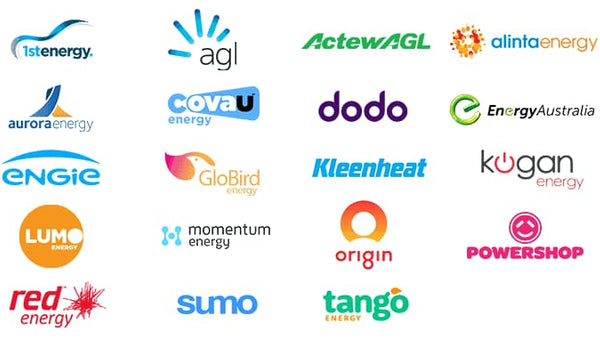
Save on energy costs by subscribing to the cheapest gas provider in Australia. Find out ways to switch your gas company. Get expert tips on lowering your gas bill.
